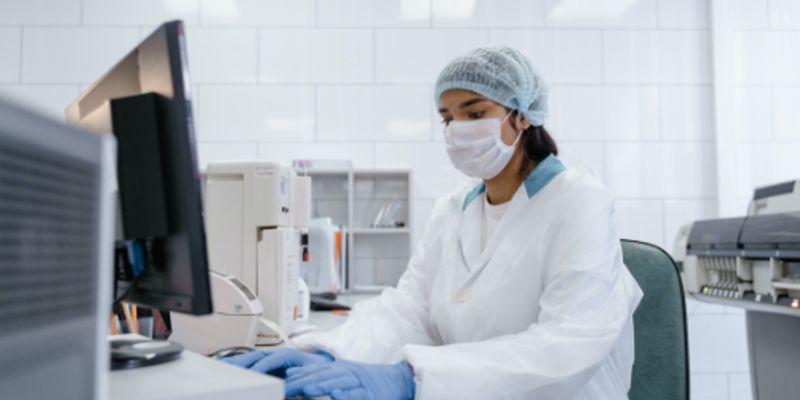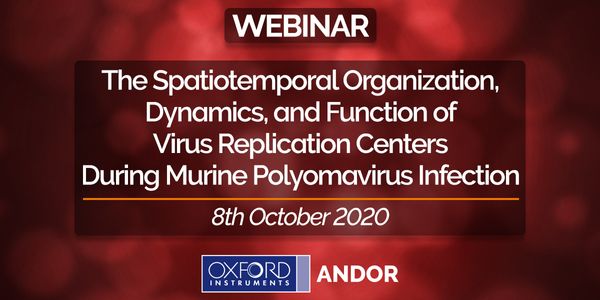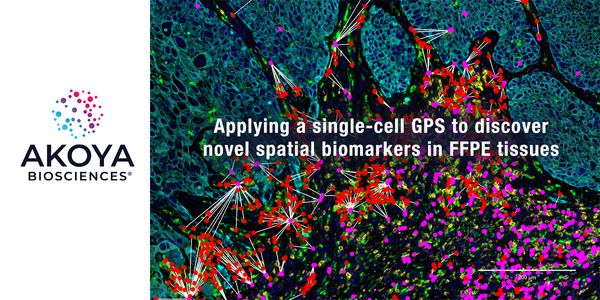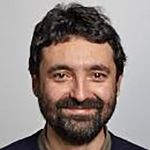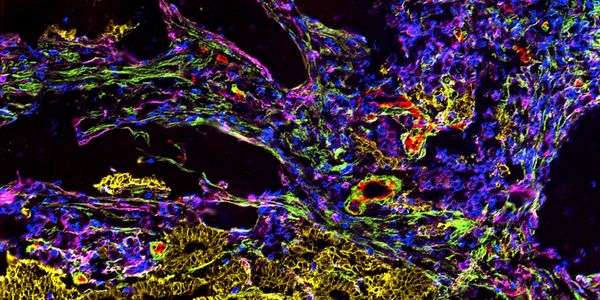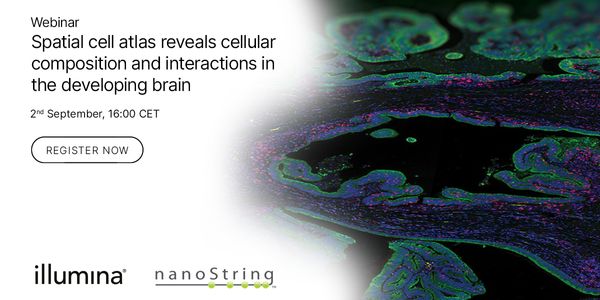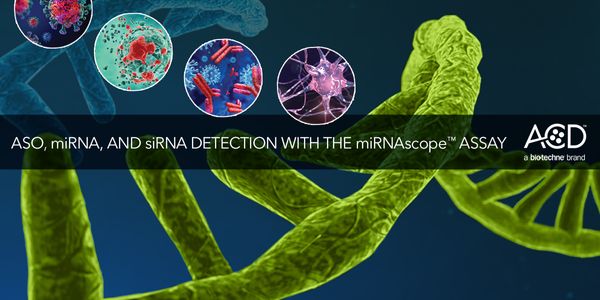Spatial Biology
A new frontier of molecular biology, spatial biology provides insight into the temporal-spatial relationship of biological activity within tissue and cell samples. This pioneering field will provide doctors and scientists with a new view of the inner workings of cells.
-
Immunohistochemistry (IHC) is used to determine spatial relationships where we can identify the localization of target proteins in specific regions and cells of a tissue. IHC has been the go...
Immunohistochemistry (IHC) is used to determine spatial relationships where we can identify the localization of target proteins in specific regions and cells of a tissue. IHC has been the go...
Speaker:
Vivian Barry, MS
Presented at: Cancer Research & Oncology Week Virtual Event Series 2020
Sponsored By: Roche Diagnostics
Sponsored By: Roche Diagnostics
OCT 08, 2020 | 9:00 AM
Date: October 8, 2020 Time: 9:00am (PTD), 12:00pm (EDT), 5:00pm (GMT) Small DNA viruses require both host DNA replication and repair factors for their replication. The host cell replication...
Tumor phenotypes are dictated not only by the neoplastic cell component, but also by the tumor microenvironment (TME), which is inherently immuno-suppressive, is equipped to hamper effector...
Speaker:
Dr. Sergio Rutella
Presented at: Cancer Research & Oncology Week Virtual Event Series 2020
Sponsored By: NanoString Technologies
Sponsored By: NanoString Technologies
SEP 28, 2020 | 5:00 PM
Date: September 28, 2020 Time: 5:00pm (PDT), 8:00am (HKT), 9:00am (JST) Although there have been dramatic advances in the field of single-cell sequencing, current methods cannot be applied t...
Speaker:
Kohta Miyawaki, MD, PhD
, Aaron Mayer, PhD
, Oliver Braubach, Ph.D.
Sponsored By: Akoya Biosciences
New insights on the pathogenesis of COVID-19 7:00–7:30 pm PDT Presented By: Olaf Rötzschke, PhD The SIgN Mass Cytometry Platform (MCP) was originally established by Evan Newell, P...
Speaker:
Olaf Rötzschke, PhD
, Ahkila Balachander, PhD
Presented at: 9th Annual Fluidigm Mass Cytometry Virtual Summit
Live-cell barcoding with Cd-CD45 antibodies 4:00–4:30 pm PDT Michelle Poulin, PhD Creating CyTOF panels just got even easier: Panel Designer 2.0 4:30–5:00 pm PDT Kevin Brown, PhD...
Speaker:
Michelle Poulin, PhD
, Kevin Brown, PhD
, Noah Saederup, PhD
, Andrew Quong, PhD
Presented at: 9th Annual Fluidigm Mass Cytometry Virtual Summit
Intro to high-dimensional data analysis 3:00–3:30 pm PDT Presented By: El-ad David Amir, PhD FAUST: A new interpretable machine learning approach for automated gating 3:30–4:00 p...
Speaker:
Trevor McKee, PhD
, El-ad David Amir, PhD
, Raphael Gottardo, PhD
Presented at: 9th Annual Fluidigm Mass Cytometry Virtual Summit
From data to insight: Explore the full potential of high dimensional data by leveraging machine learning algorithms 1:30–2:00 pm PDT Presented By: Qianjun Zhang, MS Utilizing FCS Expre...
Speaker:
Qianjun Zhang, MS
, Sean Burke, MS
, Thiru Selvanantham, PhD
, Beth Lindroth Hill, PhD
, Jared K. Burks, PhD
, Trevor McKee, PhD
, Donald Allen, BS
Presented at: 9th Annual Fluidigm Mass Cytometry Virtual Summit
B cells and tertiary lymphoid structures (TLS) promote immunotherapy response 1:00–1:30 pm PDT Presented By: Rafet Basar, MD...
Speaker:
Handan Xiang, PhD
, Pei-Yu Chen, PhD
, Hiranmayi Ravichandran, MS
, Rafet Basar, MD
, Amir Horowitz, PhD
Presented at: 9th Annual Fluidigm Mass Cytometry Virtual Summit
